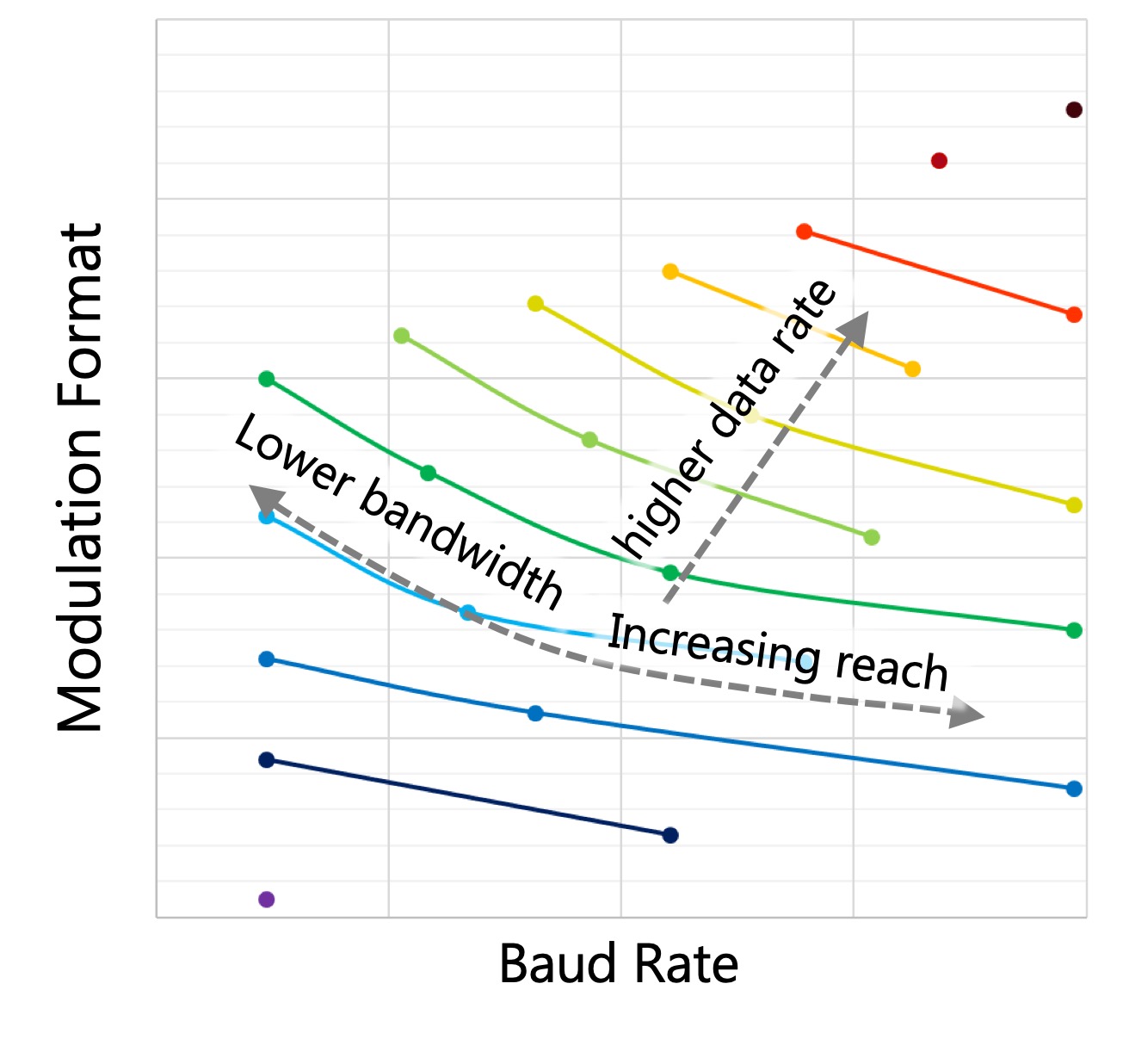ECOC 2019 industry reflections II
 Monday, November 25, 2019 at 10:04AM
Monday, November 25, 2019 at 10:04AM Gazettabyte requested the thoughts of industry figures after attending the ECOC show, held in Dublin. In particular, what developments and trends they noted, what they learned and what, if anything, surprised them. Input from II-VI, Ciena, Fujitsu Optical Components and Acacia Communications. The second and final part.
Sanjai Parthasarathi, chief marketing officer at II-VI
One new theme at ECOC is the demand for lower-cost 100-gigabit coherent transceivers for deployment in optical access for wireless access and fibre-deep cable TV. Such demand would significantly expand the market.
It was noteworthy at the show how 5G has become a significant factor influencing the wireless access market, with the potential for wide deployment of dense wavelength-division multiplexing (DWDM) technology with wavelength switching and tuning functions, not only in traditional network architectures but interesting new ones too.








